Home>Garden Essentials>How To Get Seeds From Petunias
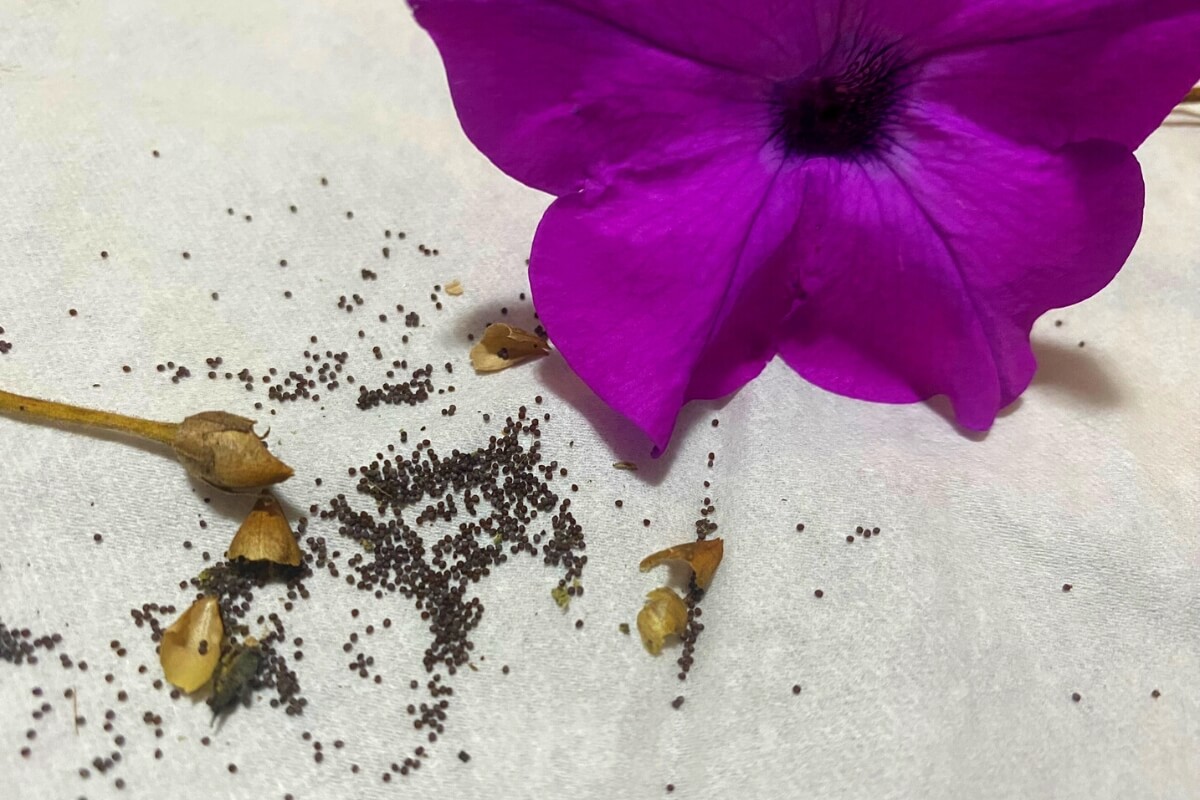

Garden Essentials
How To Get Seeds From Petunias
Modified: March 15, 2024
Learn how to get seeds from petunias in your garden and save money on purchasing new plants. Follow our step-by-step guide for successful seed harvesting.
(Many of the links in this article redirect to a specific reviewed product. Your purchase of these products through affiliate links helps to generate commission for Storables.com, at no extra cost. Learn more)
Introduction
In the world of gardening, petunias are one of the most beloved and popular flowering plants. Known for their vibrant colors and ability to thrive in various climates, petunias add a touch of beauty to gardens, balconies, and window boxes. But did you know that you can also grow petunias from seeds? Not only is this a cost-effective way to add these stunning flowers to your garden, but it also allows you to experiment with different varieties and colors. In this article, we will guide you through the process of getting seeds from petunias, ensuring that you have a bountiful supply for future plantings.
Before we delve into the details, let’s take a moment to understand the nature of petunias. Petunias belong to the Solanaceae family and are native to South America. They come in two main types: grandiflora and multiflora. Grandiflora petunias have large, showy blossoms, while multiflora petunias produce smaller, but more abundant flowers. Both varieties come in a wide range of colors, including shades of pink, purple, white, and red.
When it comes to choosing the right petunia variety, it’s important to consider your specific gardening needs and preferences. Grandiflora petunias are perfect for creating stunning focal points in flower beds, while multiflora varieties work well in hanging baskets or cascading over walls. Some popular petunia cultivars include ‘Shock Wave’, ‘Supertunia’, ‘Wave’, and ‘Cascadia’.
Identifying a mature petunia plant is vital as it ensures that the seeds you collect are viable. Look for signs that the plant has finished blooming, such as wilting flowers and the formation of seed heads. These seed heads will contain the precious petunia seeds that you can save for future plantings.
Key Takeaways:
- You can grow petunias from seeds by identifying mature plants, harvesting seed heads, and preparing, cleaning, and storing the seeds. This allows for a cost-effective and diverse addition to your garden.
- Choosing the right petunia variety based on growth habit, flower size, color, and growing conditions is crucial. Proper preparation and care ensure successful seed production and future vibrant blooms.
Read more: How To Collect Seeds From Petunias
Understanding Petunias
Before you embark on the journey of harvesting petunia seeds, it’s essential to have a good understanding of the plant itself. Petunias are warm-weather plants that thrive in full sun to partial shade. They prefer well-draining soil and require regular watering to keep the soil consistently moist but not waterlogged.
Petunias are known for their trumpet-shaped flowers that come in a wide variety of colors. They are often used as border plants, in hanging baskets, or as ground covers due to their trailing nature. Petunias are generally easy to grow, making them a popular choice for both experienced gardeners and beginners alike.
There are several different types of petunias available, each with its own unique characteristics. Let’s take a closer look at some of the common types:
- Grandiflora Petunias: These types of petunias have large, showy flowers that can reach up to 5 inches in diameter. They are known for their vibrant colors and are often used as focal points in flower beds or containers.
- Multiflora Petunias: Unlike grandiflora petunias, multiflora petunias produce smaller flowers but in greater abundance. They are more tolerant of adverse weather conditions and are perfect for creating a full and cascading effect in hanging baskets or window boxes.
- Trailing Petunias: As the name suggests, trailing petunias have a trailing growth habit, making them ideal for hanging baskets or spilling over the edges of containers or walls.
- Double Petunias: Double petunias offer full, densely-packed flowers with multiple layers of petals. They create a luscious and luxurious appearance in the garden and are often favored by gardeners looking for something a little different.
Petunias also come in a variety of colors, including shades of pink, purple, red, white, and even bi-color varieties. Whether you prefer soft pastels or bold and vibrant hues, there is a petunia to suit every taste and style.
One of the reasons petunias are so popular is their long-lasting blooming period. With proper care, petunias can bloom from spring to fall, providing a continuous display of colors in your garden. Regular deadheading, which involves removing spent flowers, can help prolong the blooming period and encourage new growth.
Now that you have a better understanding of petunias and their various types, you can make an informed decision when selecting the right petunia plants for your garden. Once you have chosen your desired varieties, it’s time to learn how to harvest the seeds for future plantings.
Choosing the Right Petunia Variety
When it comes to choosing the right petunia variety for your garden, there are several factors to consider. The wide range of petunia varieties available can make the decision overwhelming, but with a little bit of knowledge, you can find the perfect petunia to suit your garden style and preferences.
1. Growth Habit: Petunias come in various growth habits, including upright, mounding, and trailing. Consider the space you have available and the desired effect you want to achieve. Upright varieties are great for creating focal points or adding height to flower beds, while trailing petunias are perfect for hanging baskets or container gardens.
2. Flower Size and Shape: Petunias come in different flower sizes and shapes, ranging from small and dainty to large and showy. Determine the look you want to achieve and choose a variety that aligns with your vision. If you want eye-catching focal points, look for grandiflora petunias with their larger flowers. If you prefer a more abundant display of smaller flowers, multiflora petunias might be your best bet.
3. Color and Pattern: Petunias offer an array of colors, including vibrant pinks, purples, reds, whites, and even bi-color options. Consider the overall color scheme of your garden and choose petunias that will complement or contrast with the existing plants. Additionally, some petunias feature unique patterns, such as stripes or veining, which can add extra visual interest to your garden.
4. Growing Conditions: Take into account the specific growing conditions of your garden. Some petunia varieties are more heat-tolerant, while others can withstand cooler temperatures. If you live in a region with hot summers, choose heat-tolerant varieties. If you have limited sunlight or cooler temperatures, look for petunias that can thrive in partial shade or endure colder climates.
5. Maintenance: Consider the level of maintenance you are willing to commit to. Some petunias require more frequent deadheading to promote continuous blooming, while others are self-cleaning and require less maintenance. If you have limited time or prefer low-maintenance plants, look for self-cleaning or continuous blooming varieties.
6. Container vs. Ground Planting: If you plan to grow petunias in containers or hanging baskets, look for trailing or compact varieties that will spill over the edges and create a cascading effect. For flower beds or borders, choose upright or mounding varieties that will provide height and fill in the space.
7. Personal Preference: Last but not least, consider your personal taste and preferences. Do you prefer vibrant and bold colors, or do you lean towards softer pastel shades? Are you drawn to classic single-petaled flowers or more intricate double-petaled blooms? Trust your instincts and choose petunia varieties that resonate with your own sense of beauty and style.
By considering these factors, you can narrow down your options and select the perfect petunia varieties that will thrive in your garden and bring beauty and joy throughout the growing season.
Identifying a Mature Petunia Plant
Before you can start harvesting petunia seeds, it’s crucial to identify a mature petunia plant. Harvesting seeds from a mature plant guarantees that the seeds are viable and ready for planting in the future.
When petunias are in bloom, their vibrant colors and lush foliage can make it challenging to identify the right time for seed harvesting. However, there are a few key signs to look for to determine if your petunia plant is mature:
1. Wilted Flowers: As petunia flowers age, they start to wither and lose their vibrant appearance. The petals may become droopy or even dry up completely. Look for flowers that have lost their freshness and are starting to wilt.
2. Formation of Seed Heads: Once the flowers have wilted, the plant will start forming seed heads. These seed heads contain the developing petunia seeds. Depending on the variety, the seed heads may look like small capsules or pods. They are typically located where the flowers used to be.
3. Browning and Drying of Seed Heads: As the seed heads mature, they will start to turn brown and dry out. The petals may fall off completely, leaving only the seed heads behind. This is a good indication that the seeds inside the heads have reached maturity.
4. Rattling Sound: When you gently shake the seed heads, you may observe a rattling sound. This indicates that the seeds have fully developed and are ready to be harvested. The sound comes from the dried seeds rattling inside the seed heads.
It’s important to note that petunia seeds take time to develop, and it can vary depending on factors like temperature and growing conditions. On average, it takes about 8 to 12 weeks from the time the flowers bloom for the seeds to mature. However, this timeline may vary, so it’s essential to observe the signs mentioned above rather than relying solely on time.
Once you have identified a mature petunia plant, you can proceed with the process of harvesting the seeds. In the following sections, we will guide you through the necessary steps and provide helpful tips to ensure successful seed collection from your petunias.
Tools and Materials Needed
Before you embark on the task of harvesting petunia seeds, it’s important to gather the necessary tools and materials. Having the right supplies on hand will make the process easier and ensure that the seeds are collected and stored properly. Here is a list of essential tools and materials you will need:
1. Garden Gloves: It’s always a good idea to wear gardening gloves when handling plants and seeds. Gloves will protect your hands from any potential irritants and keep your hands clean during the process.
2. Pruning Shears or Scissors: You’ll need a sharp pair of pruning shears or scissors to cut the seed heads from the petunia plant. Make sure they are clean and sanitized to avoid any contamination.
3. Paper Bags or Envelopes: Use paper bags or envelopes to collect and store the seed heads. These materials allow for air circulation, which helps in the drying process. Make sure to label each bag or envelope with the petunia variety and the date of harvesting.
4. Marker or Pen: Have a marker or pen handy to label the bags or envelopes with the necessary information. This will help you identify the petunia variety and keep track of the harvesting date.
5. Small Container: Use a small container, such as a jar or bowl, to hold the harvested seed heads temporarily. This will prevent any seeds from being lost while you continue harvesting from multiple plants.
6. Drying Rack or Screen: Once the seed heads are harvested, they need to be dried thoroughly before storing. A drying rack or screen will allow air to circulate around the seed heads and facilitate the drying process.
7. Storage Container: To store the petunia seeds long-term, you’ll need airtight containers, such as glass jars or plastic containers with tight-fitting lids. These containers will protect the seeds from moisture and pests.
8. Silica Gel Packets (optional): If you live in a humid climate, it’s advisable to include silica gel packets in the storage containers. Silica gel helps absorb excess moisture and keeps the seeds dry and viable.
Gathering these tools and materials before you begin the seed harvesting process will ensure that you have everything you need to collect, dry, and store the petunia seeds successfully. With these supplies in hand, you are now ready to proceed with the step-by-step process of harvesting petunia seeds.
To get seeds from petunias, allow the flowers to fade and form seed pods. Once the pods are dry, collect the seeds and store them in a cool, dry place for planting next season.
Read more: How To Start Petunias From Seed
Step 1: Preparing the Petunia Plant
Before you can start harvesting petunia seeds, it’s important to prepare the plant for the process. This step ensures that the seeds you collect are of the highest quality and have the best chance of successful germination. Follow these steps to prepare the petunia plant:
1. Choose Healthy Plants: Select petunia plants that are healthy and free from diseases or pests. Look for plants with strong stems, vibrant foliage, and vigorous growth. Healthy plants will produce high-quality seeds.
2. Allow Flower to Wilt: As the petunia flowers start to fade and wilt, leave them on the plant. Allowing the flowers to remain on the plant gives the seeds inside the seed heads more time to develop and mature.
3. Remove Diseased or Damaged Flowers: While it’s beneficial to leave wilted flowers on the plant, it’s important to remove any flowers that show signs of disease or damage. This helps prevent the spread of pathogens to other parts of the plant or nearby plants.
4. Prune the Plant: To encourage the plant to put more energy into seed production, you can prune back some of the branches and remove excess foliage. This helps redirect the plant’s resources towards seed development.
5. Provide Support (if needed): If your petunia plant has tall and sprawling stems, you may need to provide support. Use stakes or cages to prevent the plant from toppling over and minimize any potential damage to the developing seed heads.
6. Water Regularly: Ensure that the petunia plant receives regular watering. Consistent moisture helps the seed heads develop properly. Avoid overwatering, as it can lead to root rot or other issues. Maintain a balance by letting the soil dry slightly between watering sessions.
7. Monitor for Pests and Diseases: Keep a close eye on your petunia plant for any signs of pest infestations or diseases. If you notice any problems, take appropriate measures to address them promptly. Healthy plants are more likely to produce viable seeds.
8. Be Patient: It takes time for petunia seeds to develop fully. Depending on the variety and growing conditions, it may take several weeks for the seed heads to mature. Be patient and allow the plant to complete the natural growth and development process.
By following these steps, you can ensure that your petunia plant is in the best condition for seed production. Preparing the plant properly lays the foundation for successful seed harvesting and future plantings. Now that you’ve prepared the plant, it’s time to move on to the next step: harvesting the petunia seeds.
Step 2: Harvesting Petunia Seeds
Once your petunia plant has reached maturity and the seed heads have formed, it’s time to embark on the exciting process of harvesting the petunia seeds. Follow these steps to ensure a successful seed harvest:
1. Choose Dry Weather: It’s best to harvest petunia seeds on a dry day when there is no rain in the forecast. Avoid harvesting when the plants are wet to prevent moisture from affecting the seeds’ quality.
2. Prepare Your Tools: Gather your pruning shears or scissors and a container to collect the seed heads. Make sure your tools are clean and sanitized to prevent any potential transfer of diseases or pests.
3. Identify the Seed Heads: Locate the seed heads on the petunia plant. They are usually located where the flowers were and can range in size and shape depending on the petunia variety. The seed heads may appear dried or have a papery texture.
4. Cut the Seed Heads: Using your clean pruning shears or scissors, carefully cut the seed heads from the plant. Cut as close to the base of the seed head as possible while avoiding damaging any surrounding stems or foliage.
5. Collect the Seed Heads: Place the cut seed heads directly into a paper bag or envelope. This helps contain any seeds that may fall out during the process and allows for proper air circulation to aid in drying.
6. Harvest Multiple Seed Heads: Continue harvesting seed heads from multiple petunia plants, if available. This will ensure a diverse collection of seeds and increase the chances of successful germination and future plant vigor.
7. Label and Date: Using a marker or pen, label each bag or envelope with the petunia variety and the date of harvesting. This information will help you keep track of the different seed varieties and their freshness.
8. Handle with Care: Handle the seed heads gently to avoid damaging the delicate seeds. Avoid shaking or jostling the bag or envelope to minimize seed loss.
9. Remove Excess Debris: Before moving on to the next step, remove any excess debris or plant material that may have fallen into the bag or envelope. This helps ensure the purity and quality of the collected seeds.
Congratulations! You have successfully harvested the petunia seed heads. In the next step, we will guide you through the process of cleaning and drying the seeds to ensure optimal seed storage and future germination success.
Step 3: Cleaning and Drying the Seeds
After harvesting the petunia seed heads, it’s important to clean and dry the seeds to ensure their viability and longevity. Follow these steps to clean and dry the petunia seeds:
1. Separate the Seeds from the Seed Heads: Begin by carefully opening the paper bag or envelope containing the seed heads. Gently shake or tap the seed heads over a clean surface to separate the seeds from the remnants of the seed heads. Remove any remaining plant material or debris to ensure the seeds are clean.
2. Remove Excess Chaff: Some petunia seeds may still have a thin, papery covering called chaff. To remove the chaff, use a gentle blowing motion or a small fan to allow the lighter chaff to separate from the seeds. Alternatively, you can use a fine-mesh sieve to gently sift and separate the seeds from the chaff.
3. Check for Seed Viability: As you clean the seeds, inspect them for any signs of damage or mold. Discard any seeds that appear discolored, misshapen, or show signs of rot. This ensures that only healthy and viable seeds are kept for future planting.
4. Drying the Seeds: After cleaning, spread the petunia seeds out on a drying rack or a screen. Ensure that the seeds are spread out in a single layer without any overlapping. Place the drying rack or screen in a well-ventilated area away from direct sunlight or excessive moisture. Allow the seeds to dry completely for a week or two, or until they are brittle and no longer pliable.
5. Stir the Seeds Occasionally: During the drying process, gently stir or agitate the seeds with your hands or a spoon every few days. This helps ensure even drying and prevents the seeds from sticking together or developing mold.
6. Test Seed Dryness: To determine if the seeds are completely dry, take a few seeds and try bending them. If they snap easily, it’s a sign that they are dry and ready for storage. If the seeds are still pliable or bend without breaking, they need more drying time.
7. Storing the Dried Seeds: Once the seeds are thoroughly dried, transfer them into airtight containers such as glass jars or plastic containers with tight-fitting lids. Label each container with the petunia variety and the date of collection. If desired, you can include desiccant packets or silica gel to absorb excess moisture and help maintain the seeds’ quality.
8. Store in a Cool, Dry Place: Place the sealed containers of petunia seeds in a cool, dry, and dark location. A pantry or a refrigerator is an ideal storage spot. Ensure that the temperature remains relatively consistent and avoid exposing the seeds to extreme heat or fluctuations in temperature.
By following these steps to clean and dry the petunia seeds, you are ensuring their longevity and increasing the chances of successful germination when you’re ready to plant them. With the seeds now cleaned and dried, you can move forward to the final step: storing the petunia seeds properly.
Step 4: Storing Petunia Seeds
Proper storage is crucial to maintain the viability of petunia seeds for future plantings. Follow these steps to store your petunia seeds correctly:
1. Label the Containers: Make sure each storage container is labeled with the petunia variety and the date of collection. This will help you keep track of the seeds and their freshness over time.
2. Ensure Dryness: Before storing the seeds, ensure that they are completely dry. Any remaining moisture can lead to mold or fungi growth, reducing the seeds’ viability. If necessary, allow the seeds to dry for a few more days before storing them.
3. Use Airtight Containers: Transfer the dried petunia seeds into airtight containers such as glass jars or plastic containers with tight-fitting lids. The goal is to keep out moisture, pests, and excessive air, which can lead to seed deterioration.
4. Add Desiccant Packets: If you live in a humid climate or if there is a concern about moisture, consider adding desiccant packets or silica gel to the storage containers. These packets will help absorb excess moisture and maintain the quality of the seeds.
5. Store in a Cool, Dry Place: Find a cool and dry location to store your petunia seeds. A dark pantry or a refrigerator is an ideal spot. Ensure that the storage area remains relatively consistent in temperature and is protected from extreme heat or fluctuations.
6. Check Regularly: Periodically check on your stored petunia seeds to ensure they remain dry and free from any signs of mold or insects. If you notice any issues, remove the affected seeds immediately to prevent the spread of decay.
7. Maintain Darkness: Exposure to light can decrease the viability of seeds over time. Keep the storage containers in a dark environment to minimize the seeds’ exposure to light.
8. Record Keeping: It’s a good idea to keep a record of the stored petunia seeds, including the variety, date of collection, and any additional notes. This will help you stay organized and make informed decisions when it comes time to use the seeds.
9. Proper Seed Rotation: To ensure the freshness and viability of your petunia seeds, practice proper seed rotation. Use the oldest seeds first and replace them with freshly harvested ones to maintain a continuous supply of viable seeds.
By following these steps, you can store your petunia seeds properly, increasing the chances of successful germination when you’re ready to sow them. With your seeds safely stored, you can look forward to future plantings and a beautiful display of petunias in your garden.
Remember, each petunia seed holds the potential for a stunning and vibrant plant. Enjoy the experience of growing your petunias from seeds and witnessing the beauty that unfolds in your garden.
Read more: When To Start Petunias From Seed
Conclusion
Harvesting and saving petunia seeds allows you to continue the cycle of growth and beauty in your garden. By following the steps outlined in this guide, you can successfully collect, clean, and store petunia seeds, ensuring a supply of vibrant blooms for future seasons.
Understanding petunias and choosing the right varieties for your garden are essential first steps. Whether you prefer grandiflora or multiflora petunias, trailing or upright varieties, there is a petunia that suits your gardening needs and personal taste.
Identifying mature petunia plants and harvesting the seed heads at the right time is crucial. Look for wilted flowers and fully-formed seed heads that rattle when gently shaken. These signs indicate that the seeds have reached maturity and are ready for collection.
Preparation is key before harvesting the seeds. Ensure that your petunia plants are healthy, pruned if needed, and receive proper care and maintenance. This sets the stage for successful seed production and a bountiful harvest.
Armed with the necessary tools and materials, you can carefully cut the seed heads and collect them in paper bags or envelopes. Cleaning the seeds by removing chaff and debris ensures that only viable seeds are stored for future use.
Drying the seeds thoroughly is crucial to prevent mold and maintain seed viability. Properly labeled containers and a cool, dry storage location provide optimal conditions for seed preservation. Regular checks and seed rotation help maintain the quality and freshness of your stored petunia seeds.
With your petunia seeds saved and stored, you have the power to grow beautiful flowers year after year. Experiment with different varieties, colors, and arrangements to create a stunning garden display that brings joy and admiration to all who behold it.
So, go ahead and embark on your seed-saving journey, harnessing your gardening skills to nurture and cultivate the beauty of petunias. Enjoy the process of growing these remarkable flowers from seeds and witness the magic unfold in your garden.
Frequently Asked Questions about How To Get Seeds From Petunias
Was this page helpful?
At Storables.com, we guarantee accurate and reliable information. Our content, validated by Expert Board Contributors, is crafted following stringent Editorial Policies. We're committed to providing you with well-researched, expert-backed insights for all your informational needs.
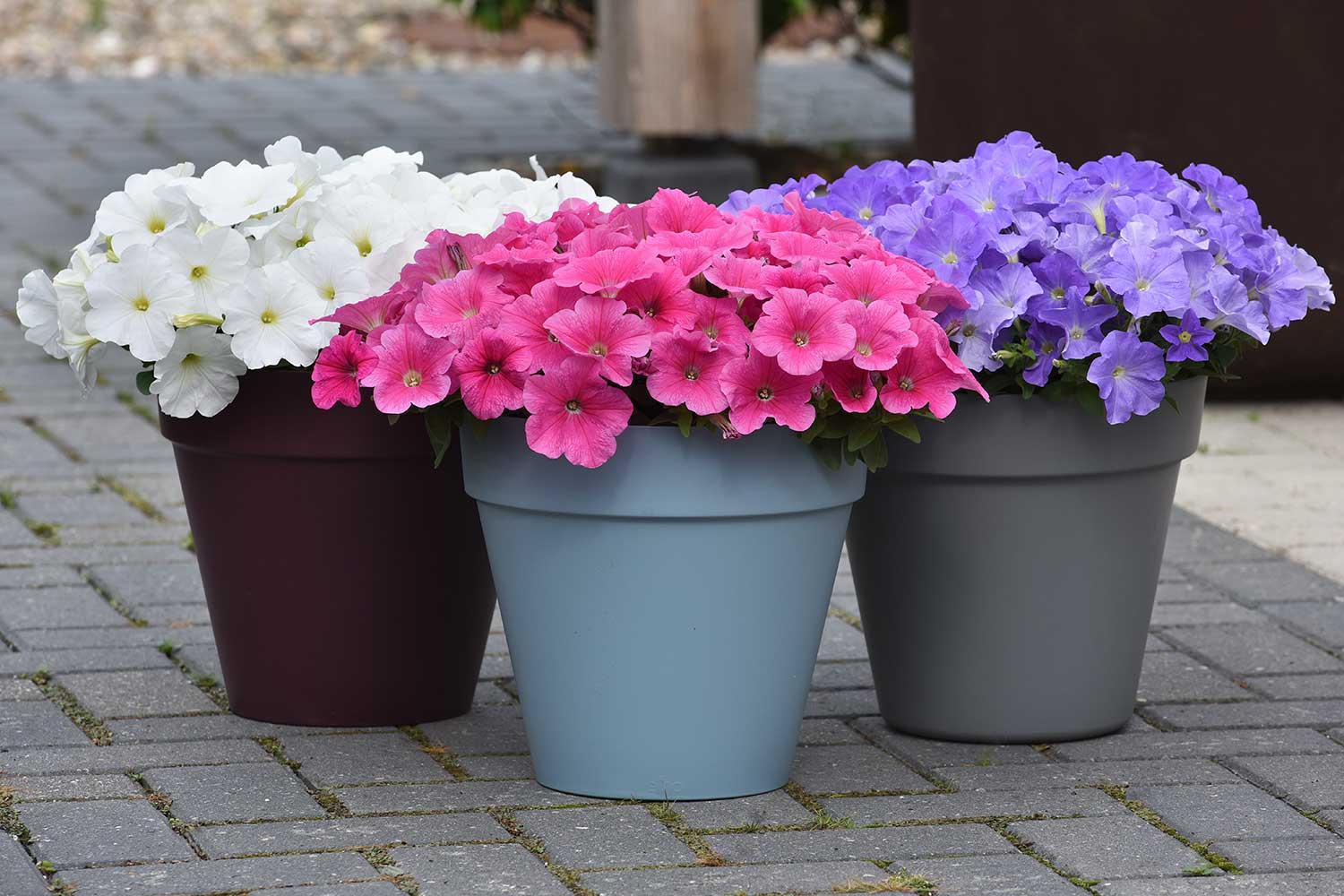
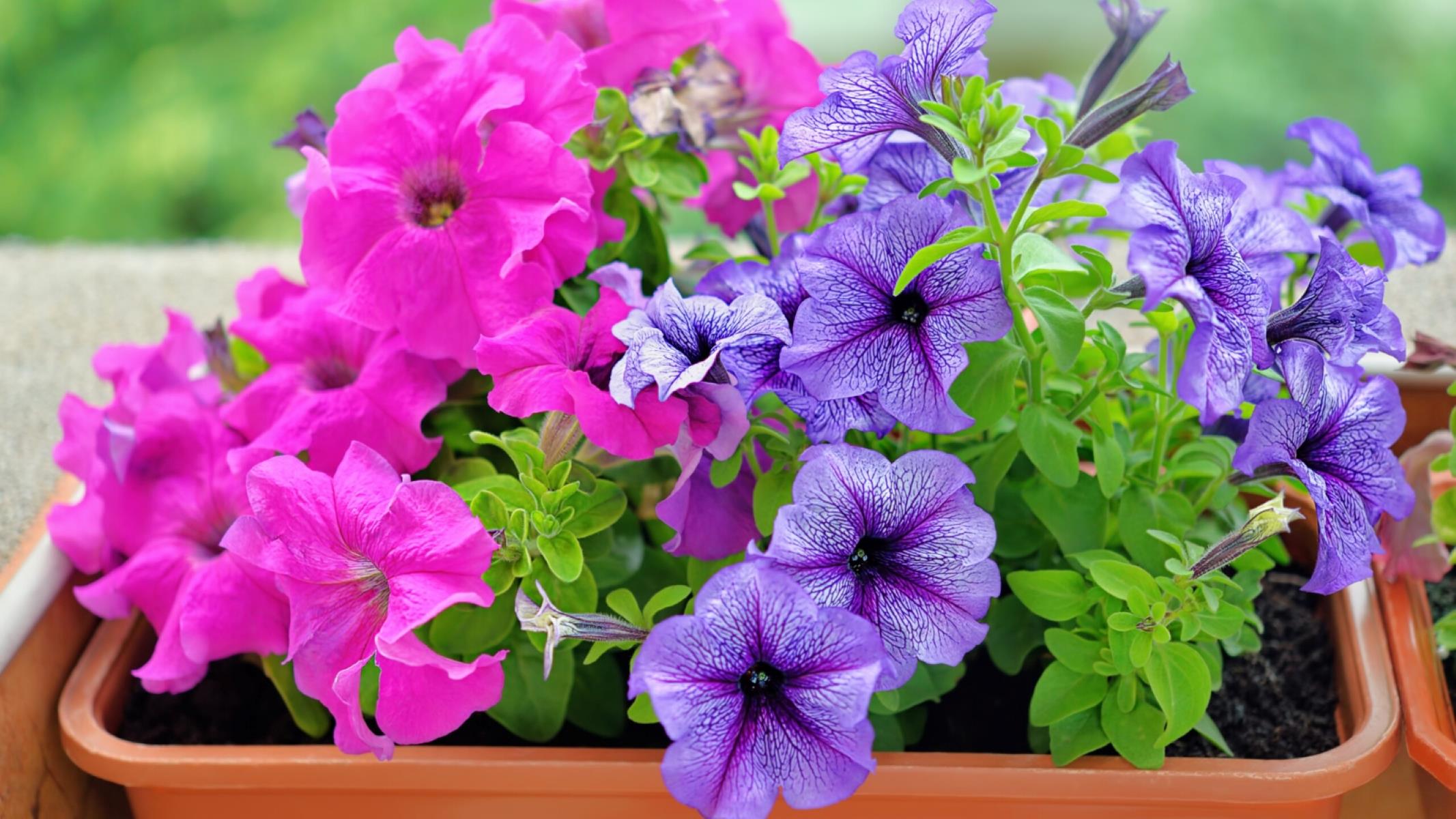
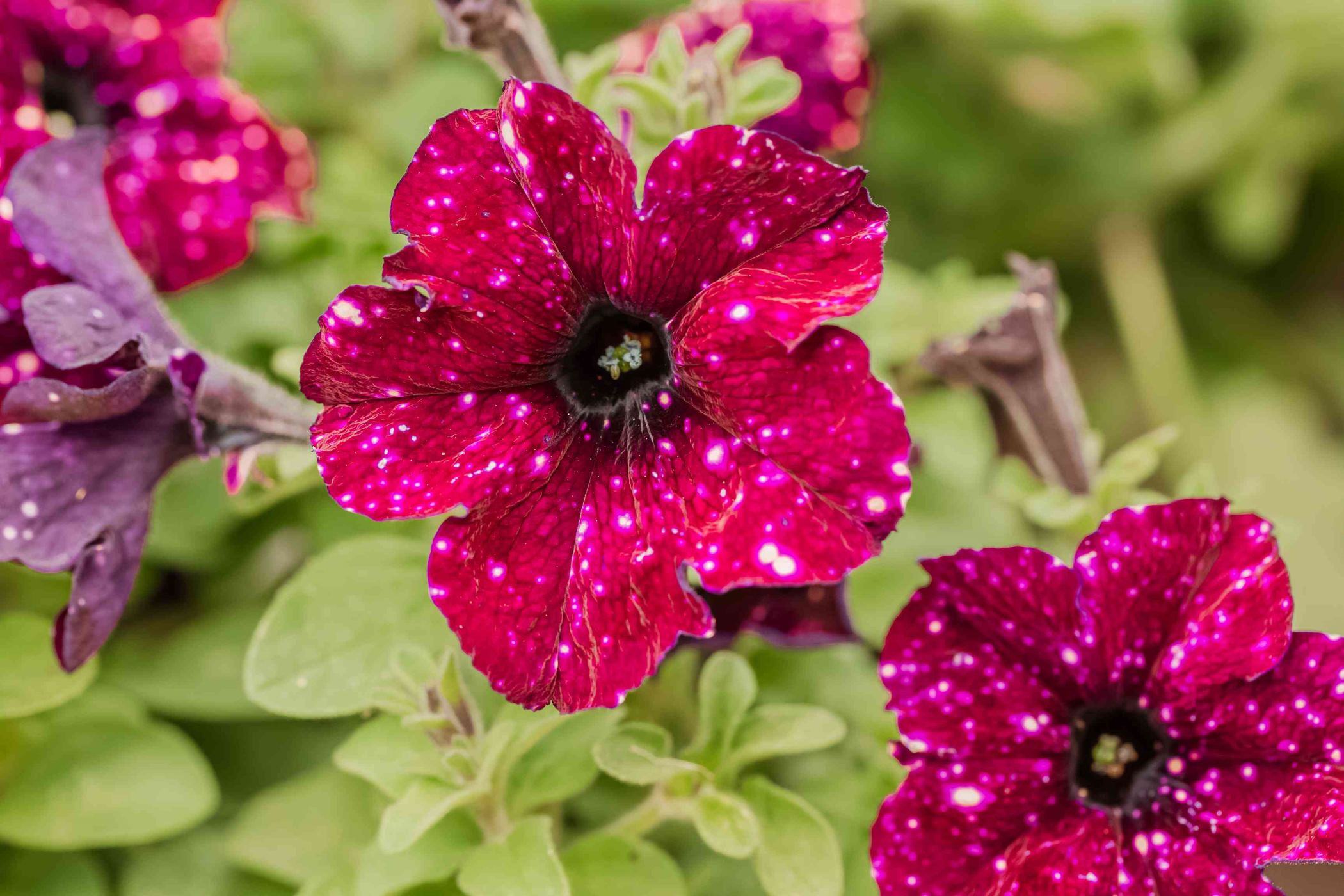
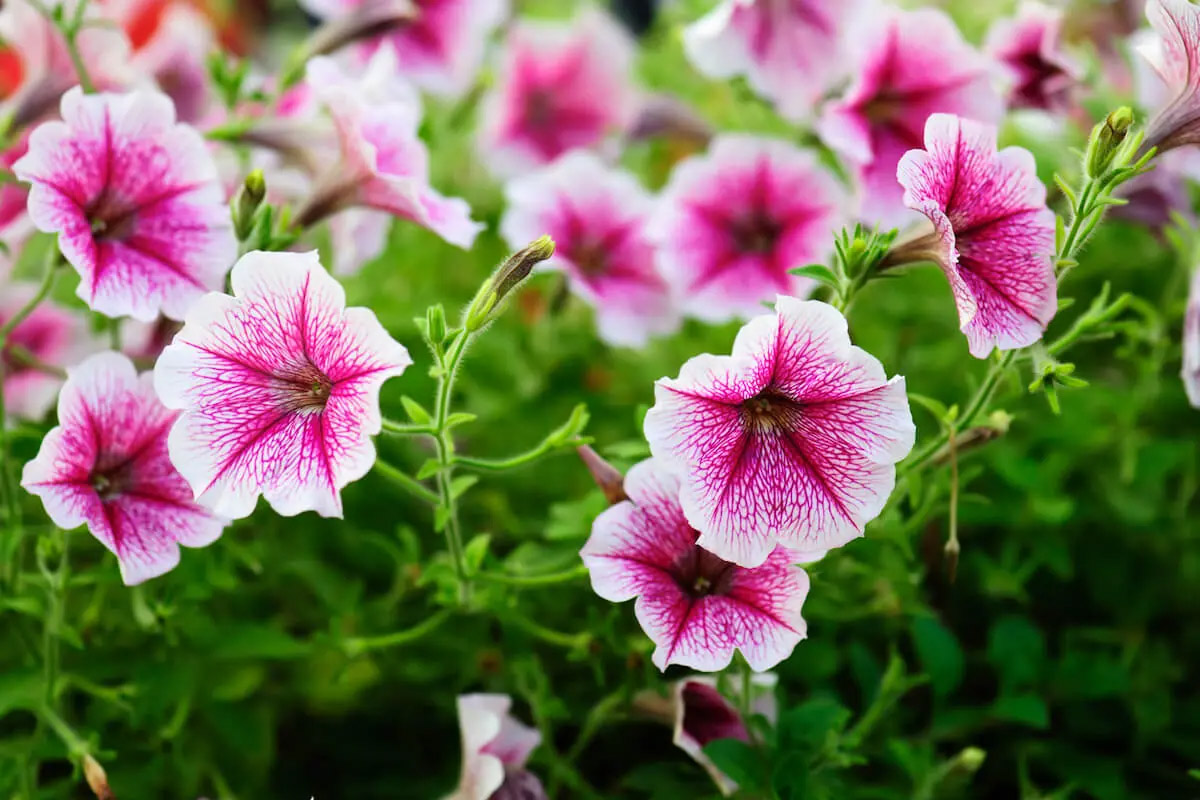
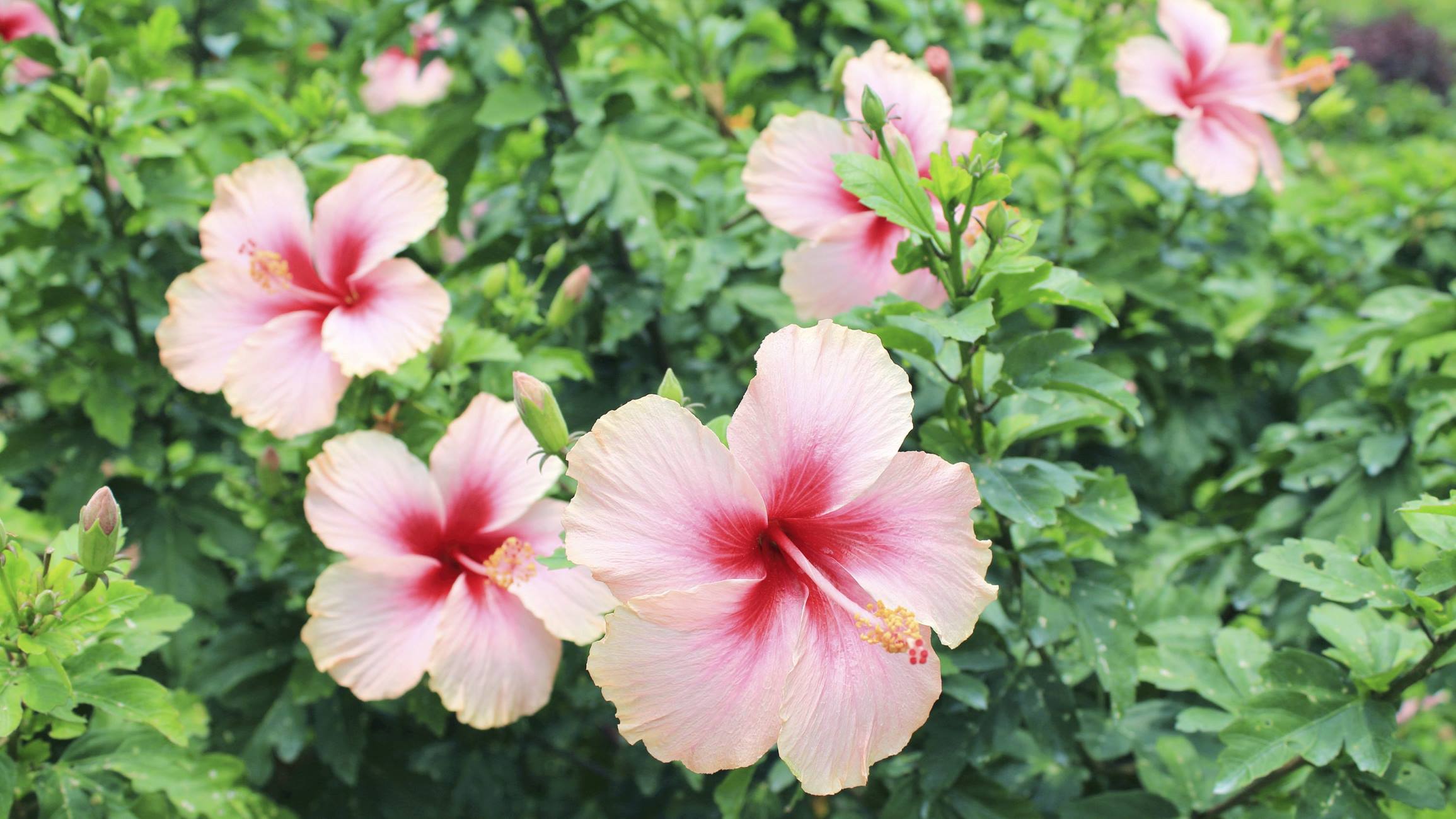
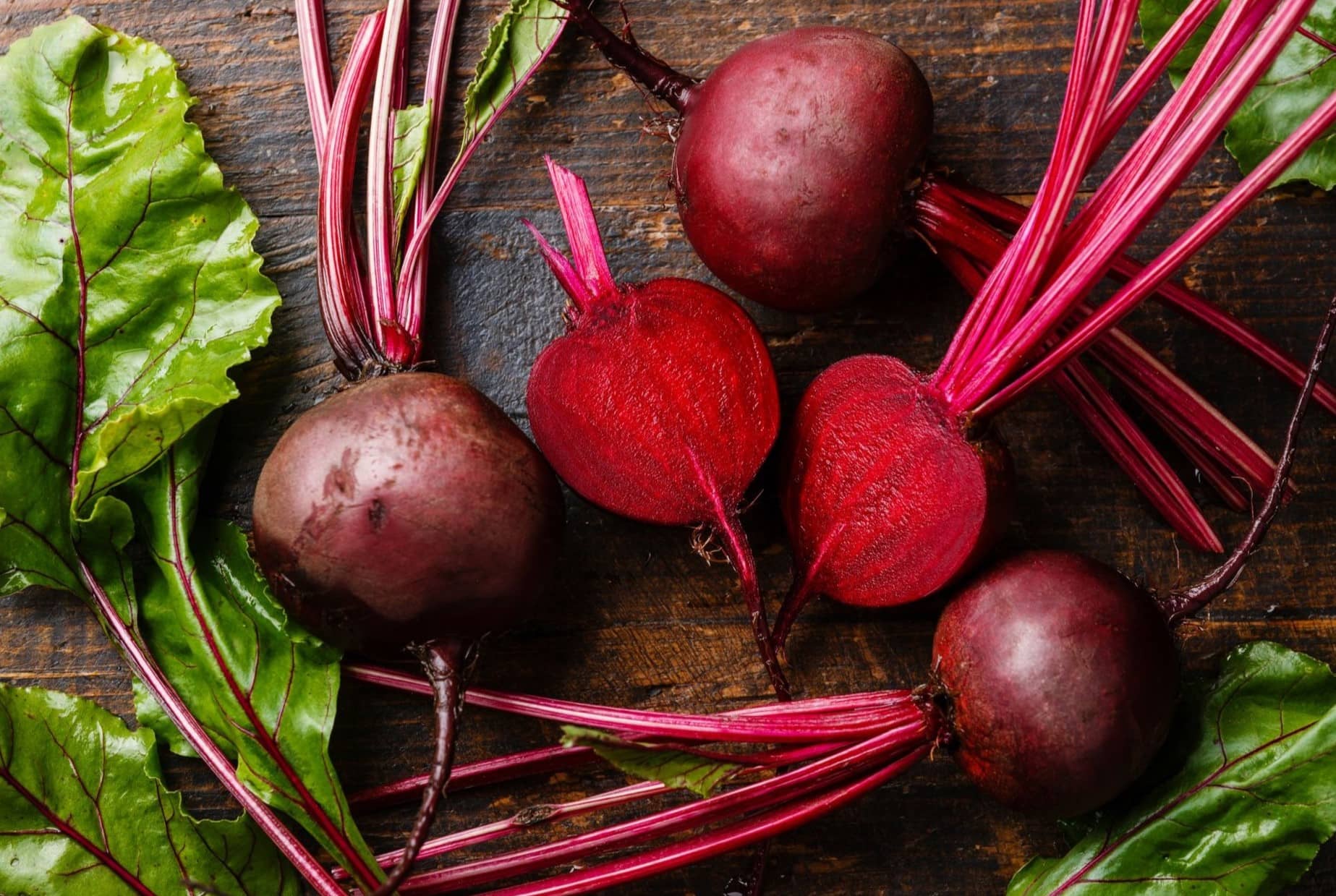
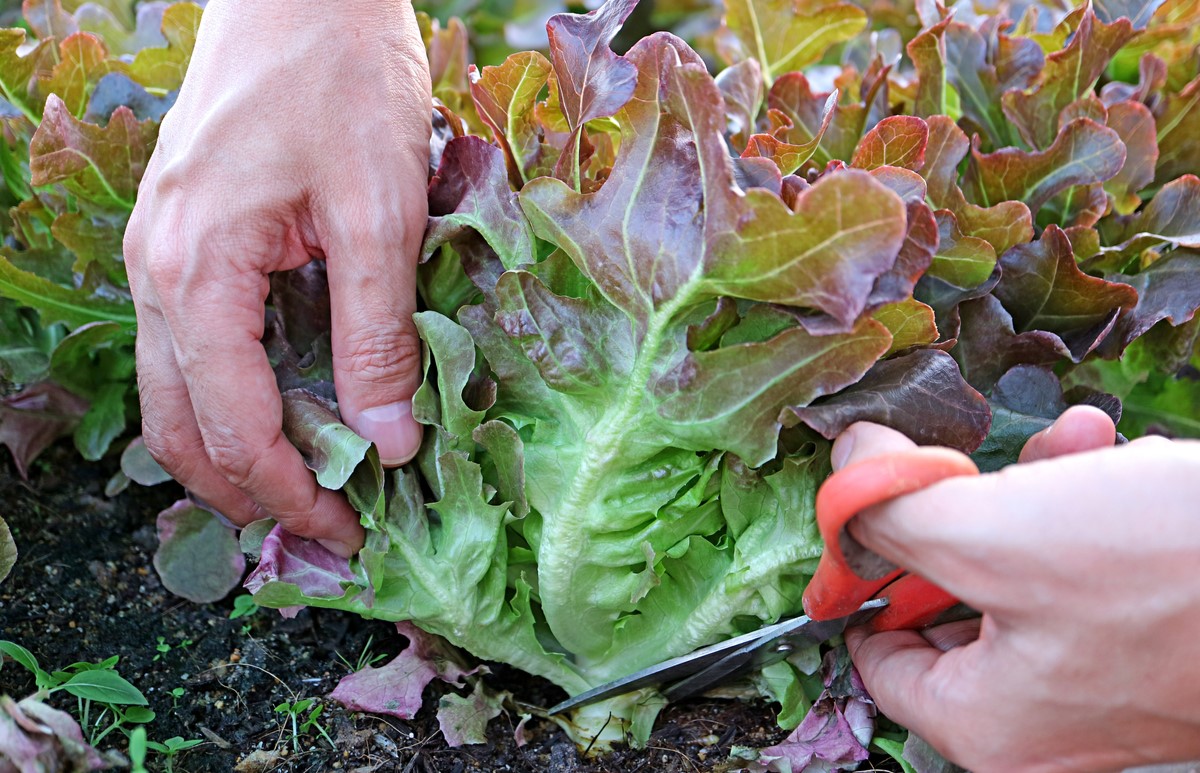
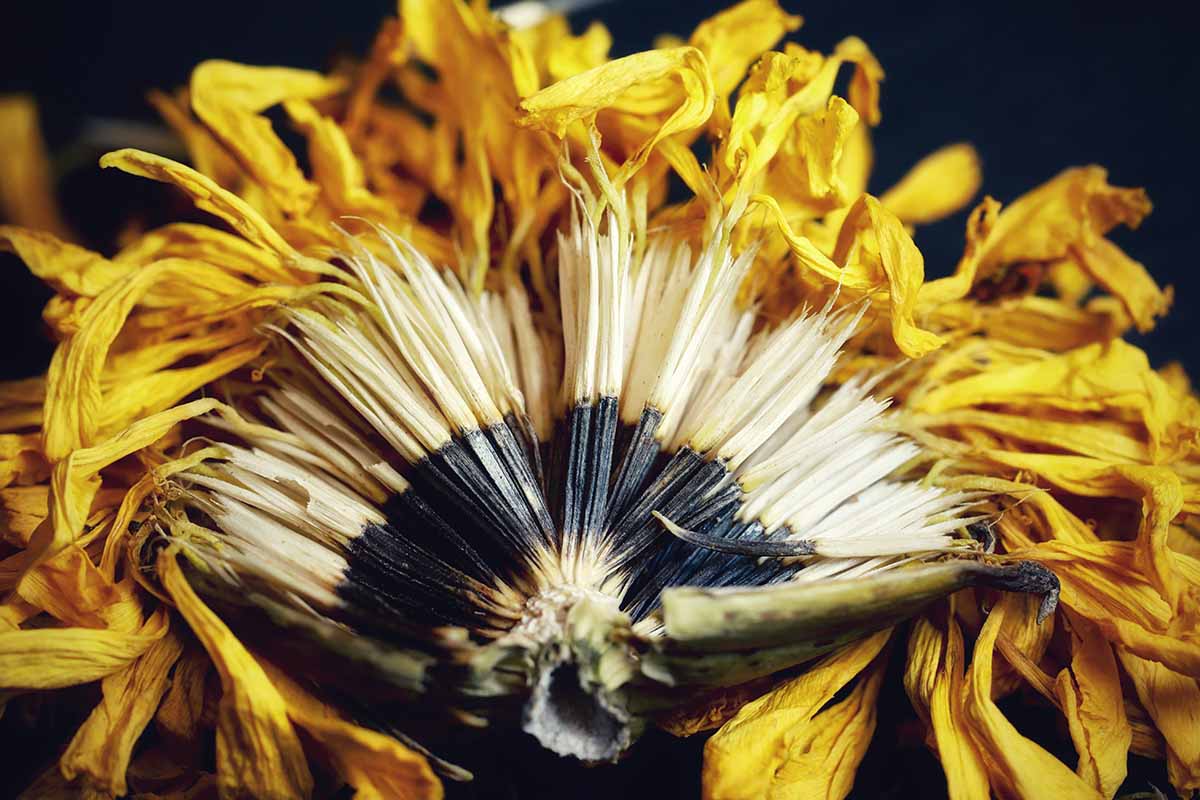
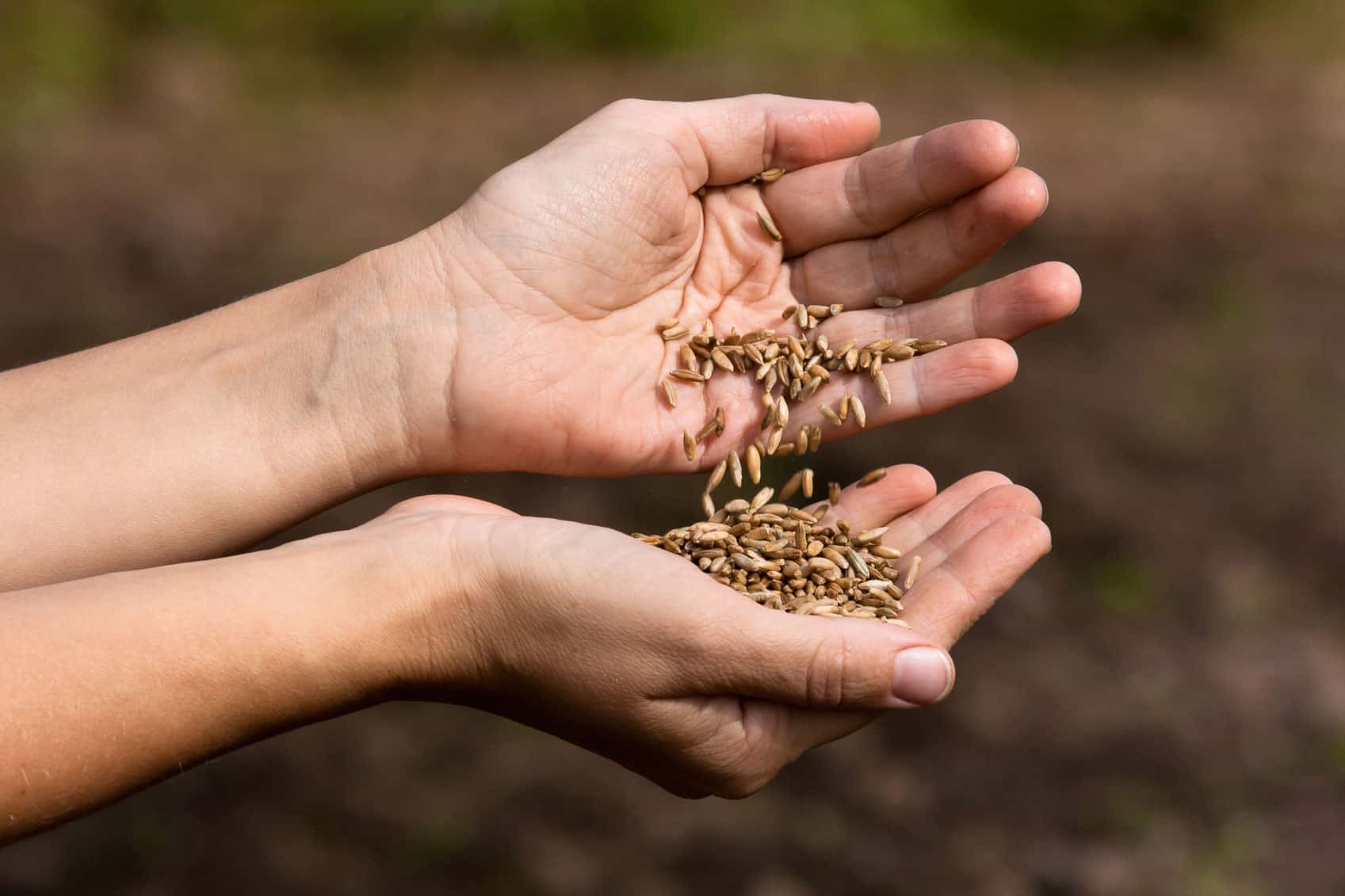
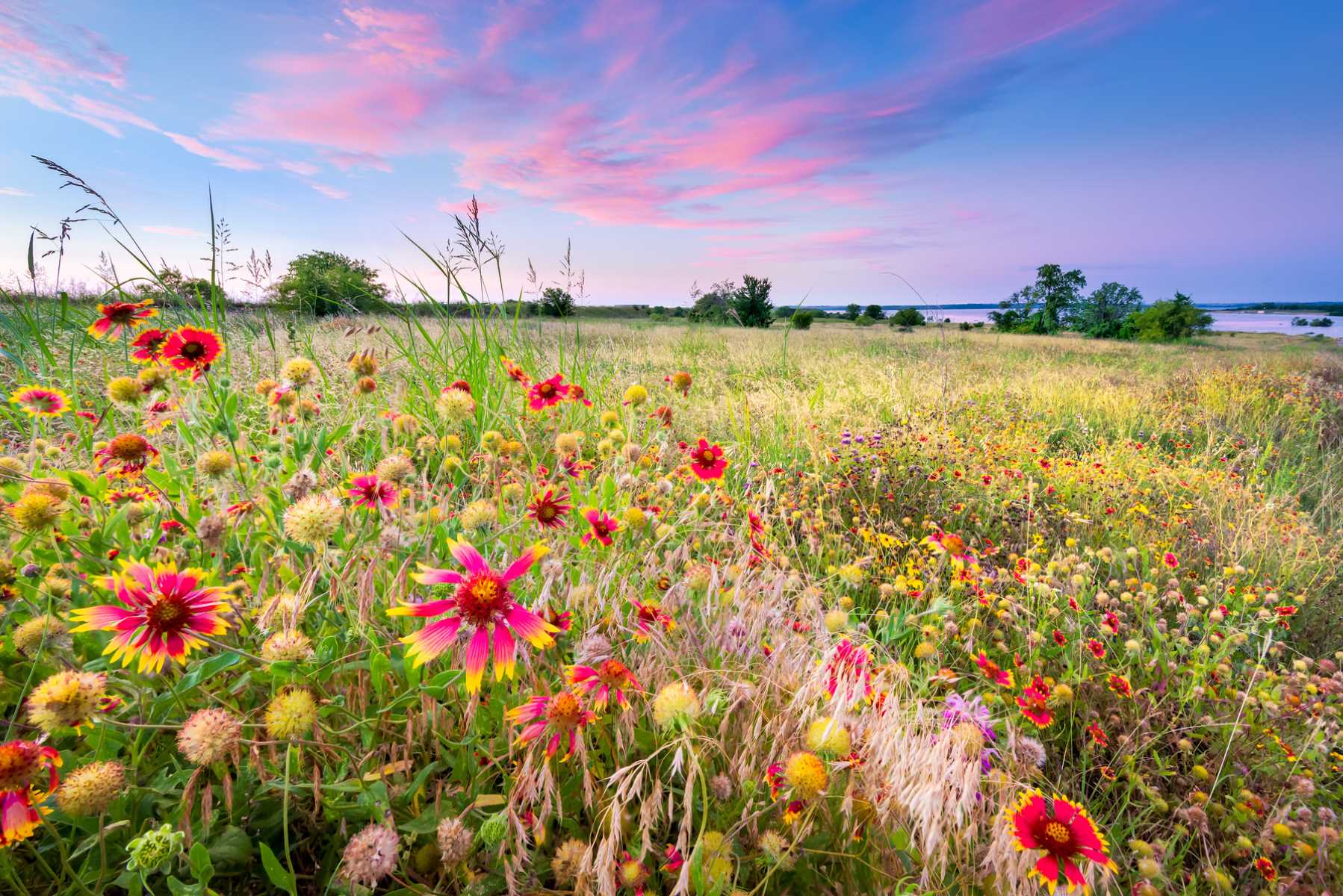
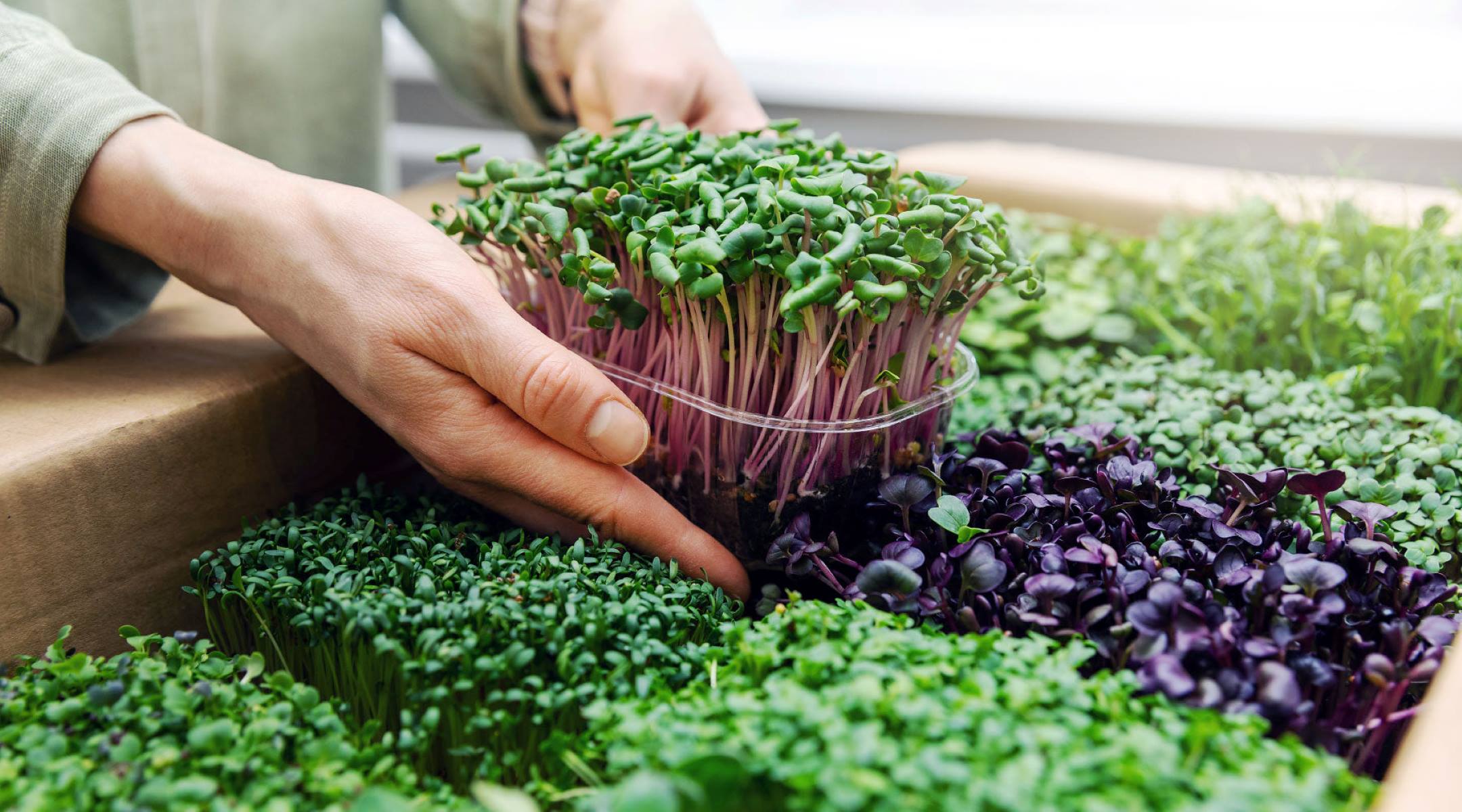
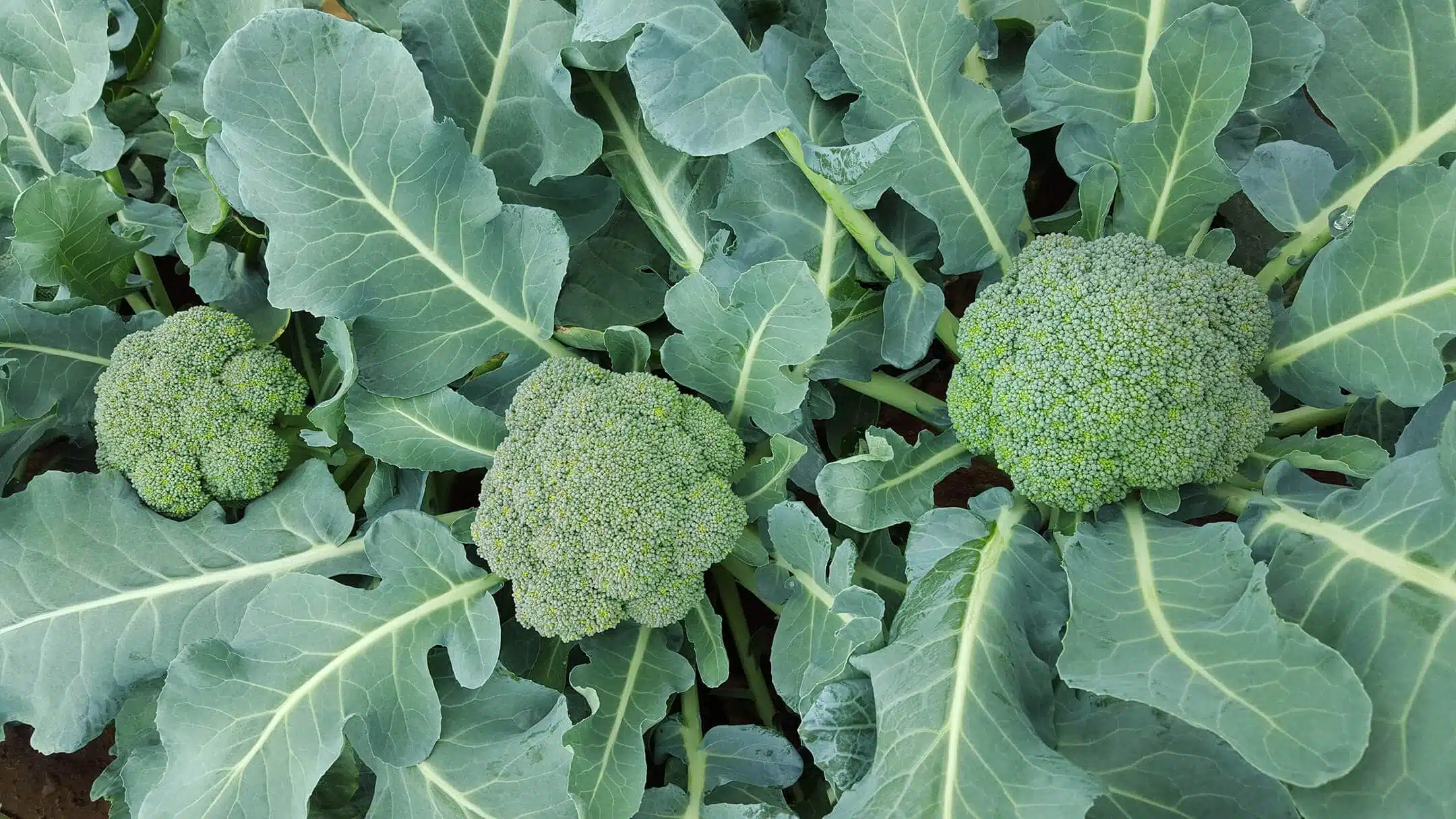
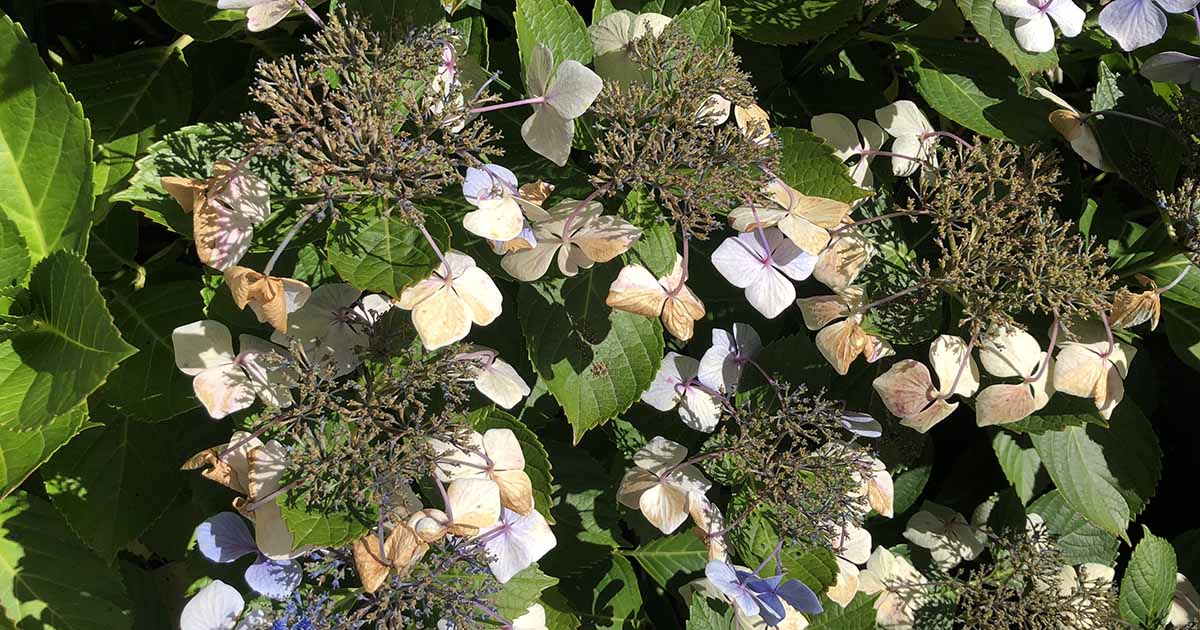

0 thoughts on “How To Get Seeds From Petunias”